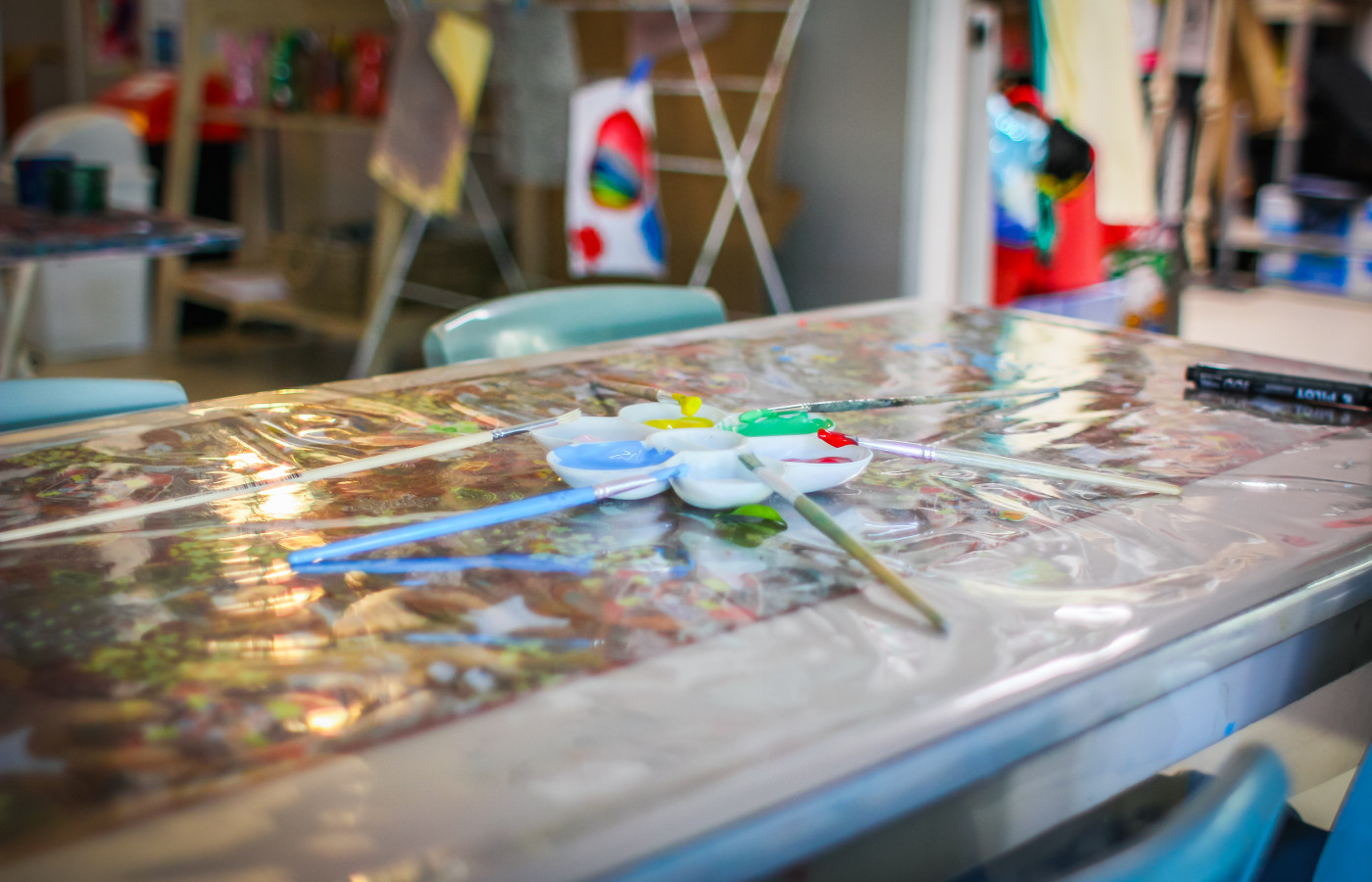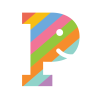Fold and squash printing

Fold and squash printing
Squashing paint in paper to make a symmetrical pattern
Materials Required
- Paper
- Spoons
- Plate
- Marker or pencil
- Washable paints
- Paint apron or old t-shirt
Water, Baby wipes, Glue and sparkles to add extra decorations
Play experience profile
-
Ages:
-
Min Playtime5 - 15 Minutes
-
Skills
-
Energy LevelQuiet Play
-
Messiness Rating
-
EYLF Outcomes
Play Experience Preparation
Set up paints on plate. - Add spoons. - Have water or baby wipes on hand for cleaning up. - Have a paint apron or paint shirt on hand for your child to wear. - Have paper in place. - Protect your table surface with a piece of plastic or newspaper.Experience Steps
- Show your child all the different colour paints.
- Fold piece of paper in half.
- Encourage your child to put paint on the paper using spoons.
- Fold paper in half.
- Rub paint with your fingers so the paint moves around between the folded piece of paper.
- Unfold the piece of paper to reveal the paint design.
- Talk to your child about the symmetrical pattern that has been made on the paper.

What to talk about, or questions to ask during the experience
- Paint
- Butterfly
- Wings
- Colours e.g. red, blue, yellow etc.
- Patterns
- This side is a reflection of this side
- Symmetry
- Reflection
Build on this...
- Cut out the design when it is dry and turn into a puppet on a stick.
- Decorate your childs bedroom with symmetrical artworks.
- Use the symmetrical painting as a card to give to a close family member or special friend.
WHO guidelines for physical activity and sedentary behaviour
Provide evidence-based public health recommendations for children, adolescents and adults on physical activity.
Learn more
Provide evidence-based public health recommendations for children, adolescents and adults on physical activity. Learn more
This is a quiet activity, so children will need to engage in physical activity during the day as well. Perhaps you and your child could move around like butterflies!
EYLF Outcomes
The Early Years Learning Framework has been designed for use by early childhood educators working in partnership with families, children’s first and most influential educators.
View PDF
The Early Years Learning Framework has been designed for use by early childhood educators working in partnership with families, children’s first and most influential educators. View PDF
- Children develop a range of skills and processes such as problem solving, inquiry, experimentation, hypothesising, researching and investigating
- Children resource their own learning through connecting with people, place, technologies and natural and processed materials
EYLF Principle
Principle 3: High expectations and equity. Children progress well when they, their parents and educators hold high expectations for their achievement in learning.
EYLF Practice
Practice: Learning through play. Play can expand children’s thinking and enhance their desire to know and to learn. In these ways play can promote positive dispositions towards learning. Children’s immersion in their play illustrates how play enables them to simply enjoy being.
Author:


